博文
Lenanrd-Jone(非线性)函数的教学 -- 张博士论教育 之二
||
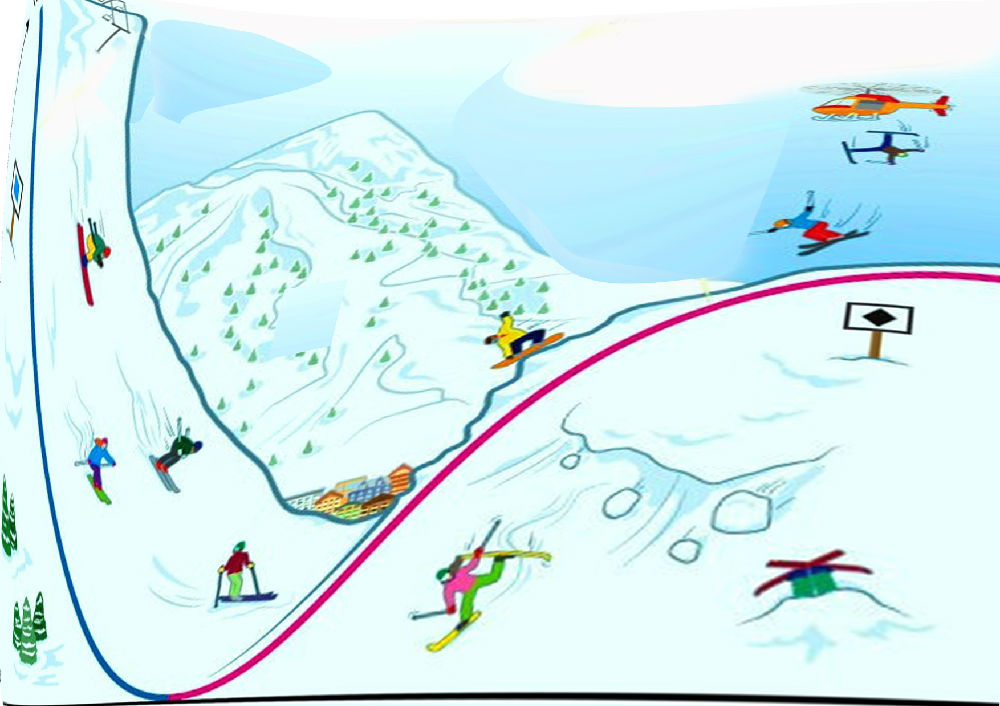
CSIRO派我下中小学搞科普,下面是我的Lenanrd-Jone(非线性)函数的教学。
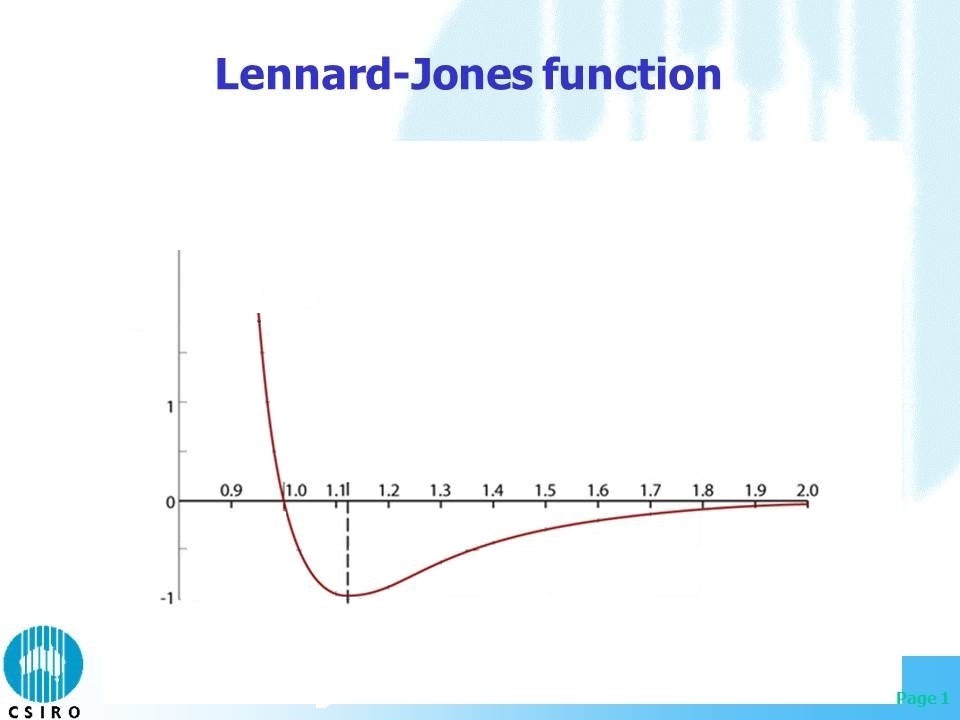
这堂课我们要学习Lennard-Jones非线性函数,虚线左边是凸函数,右边是凹函数,在虚线最下端的凸凹交汇点函数达到最小数值;也就是说,Lennard-Jones势能函数在此点达到最小能量,如果我们要一个能量最优化的话,能量小了比高了状态更稳定,此点就是能量最优点。
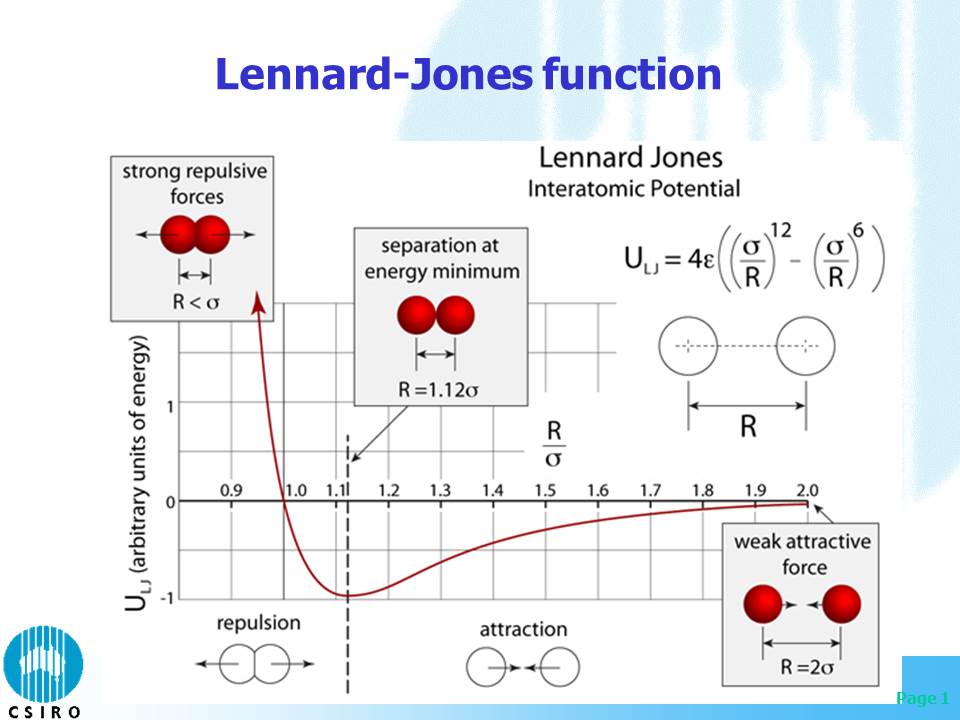
小到粒子(例如原子),大到宇宙的星体,如果太靠近就会产生强烈的排斥力(虚线左边的凸函数),越靠近排斥力越强,同时,如果离得太远了却又有很弱的相互吸引力(虚线右边的凹函数)。在即没有排斥力,也没有吸引力的时候,稳定了下来,这就是在最小能量点,此刻,两个原子之间的距离为原子的van der Waals半径之和。下面我们用气球来发现排斥力与吸引力。(分发气球,学生做试验)
学生发现到了吸引力:

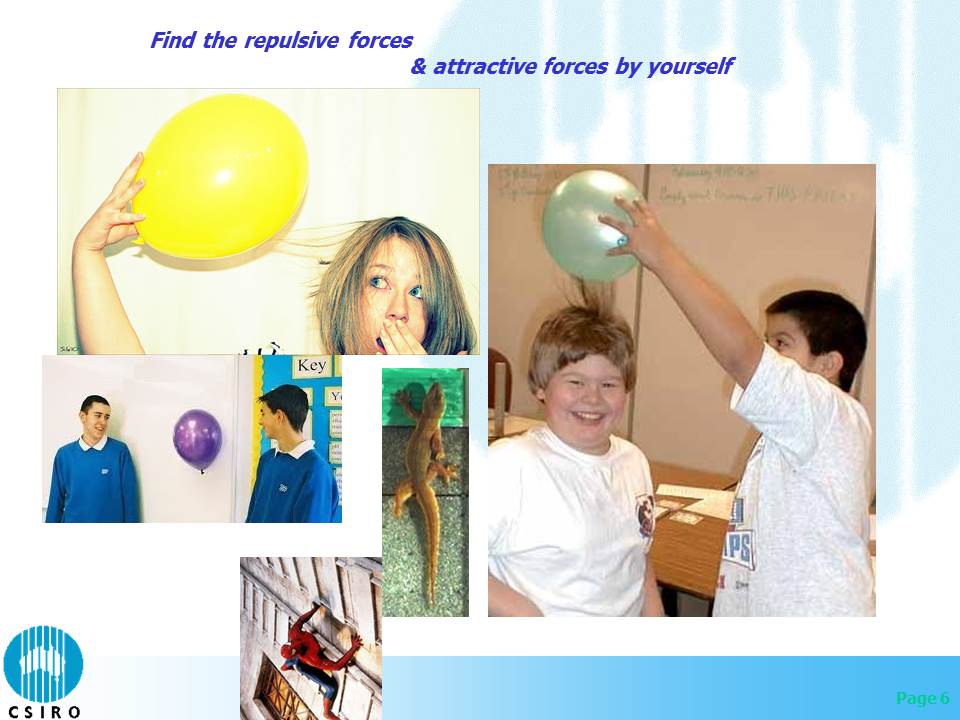

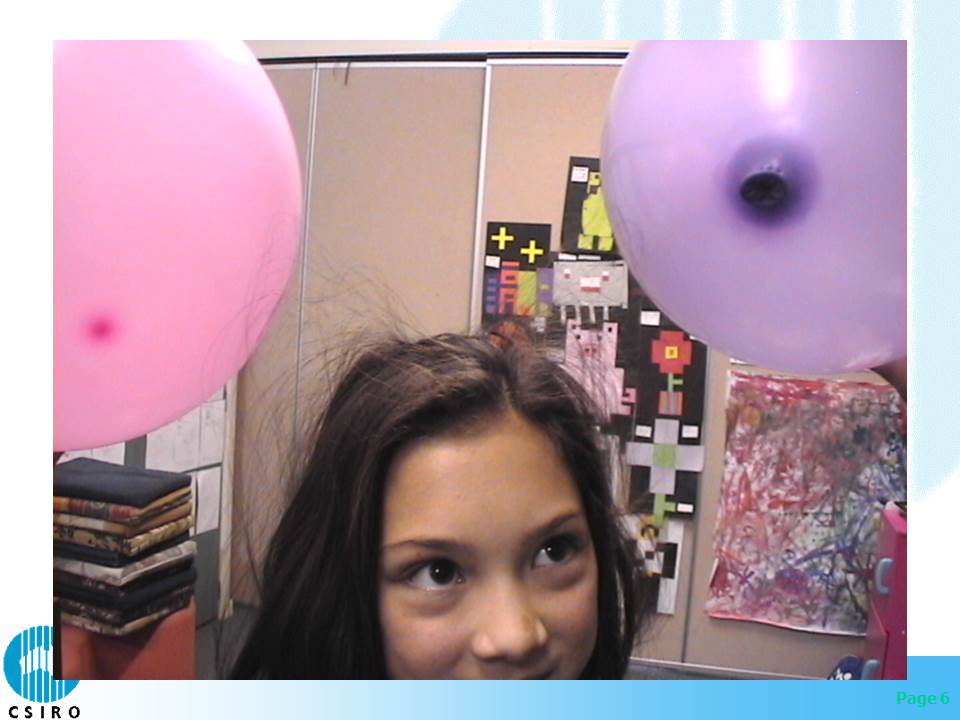
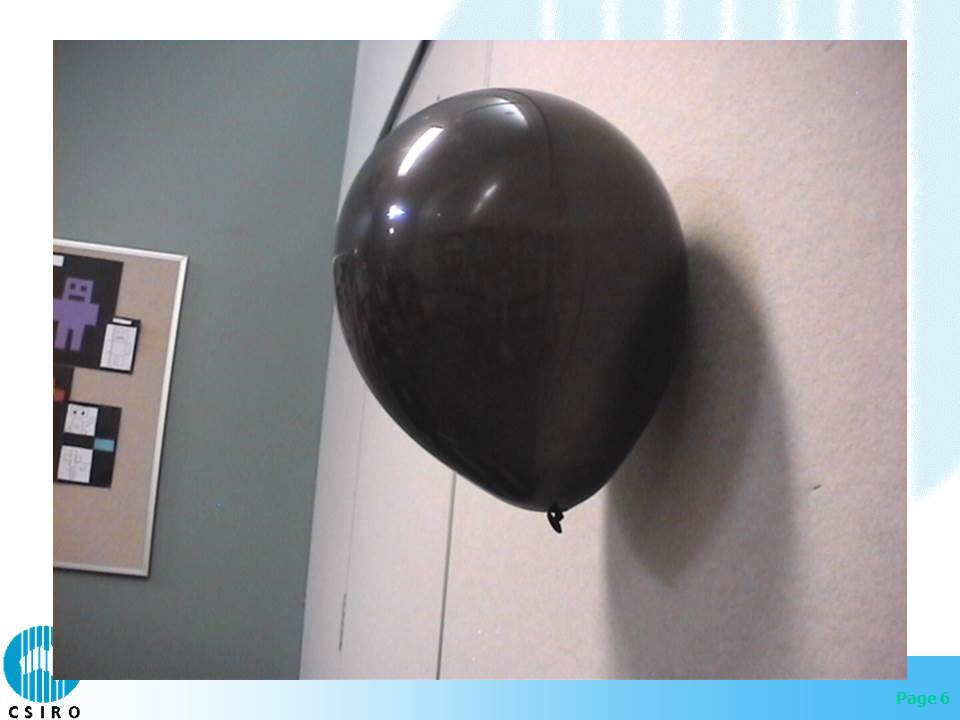
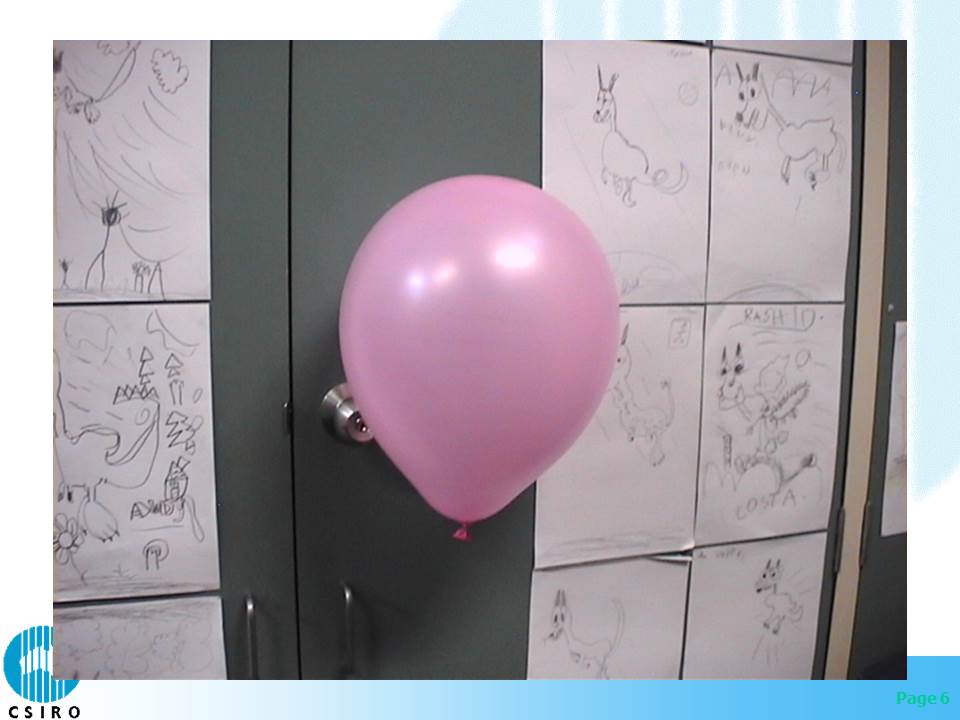
学生发现到了排斥力:

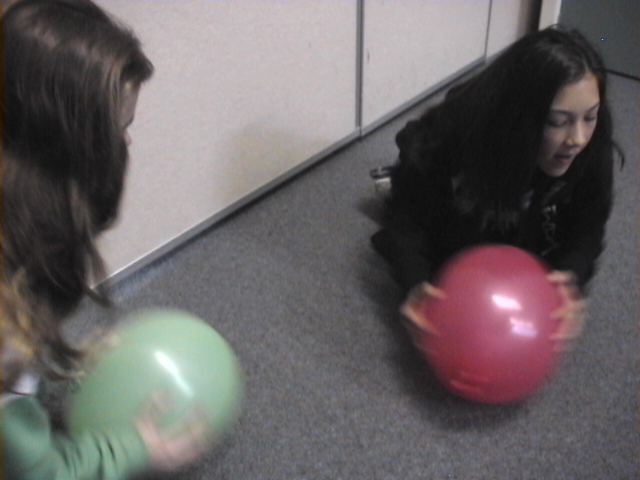
如果把两个气球推向对方,会反弹(排斥力作用)回来。
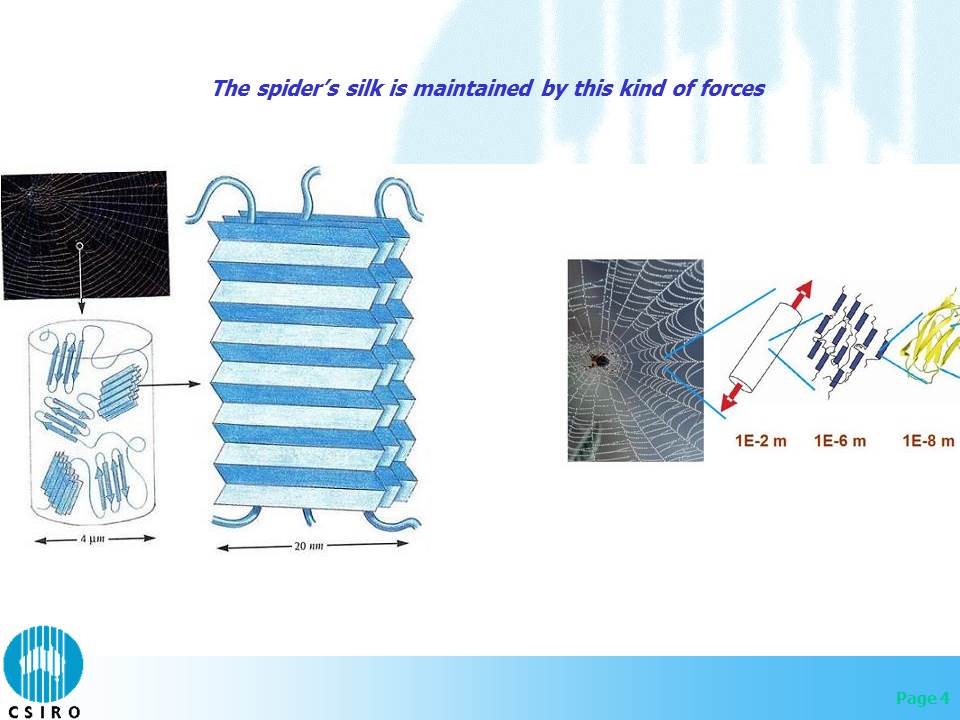
蜘蛛网的分子结构的两两片层的原子间就是这种排斥与吸引的van der Waals力来维持的。
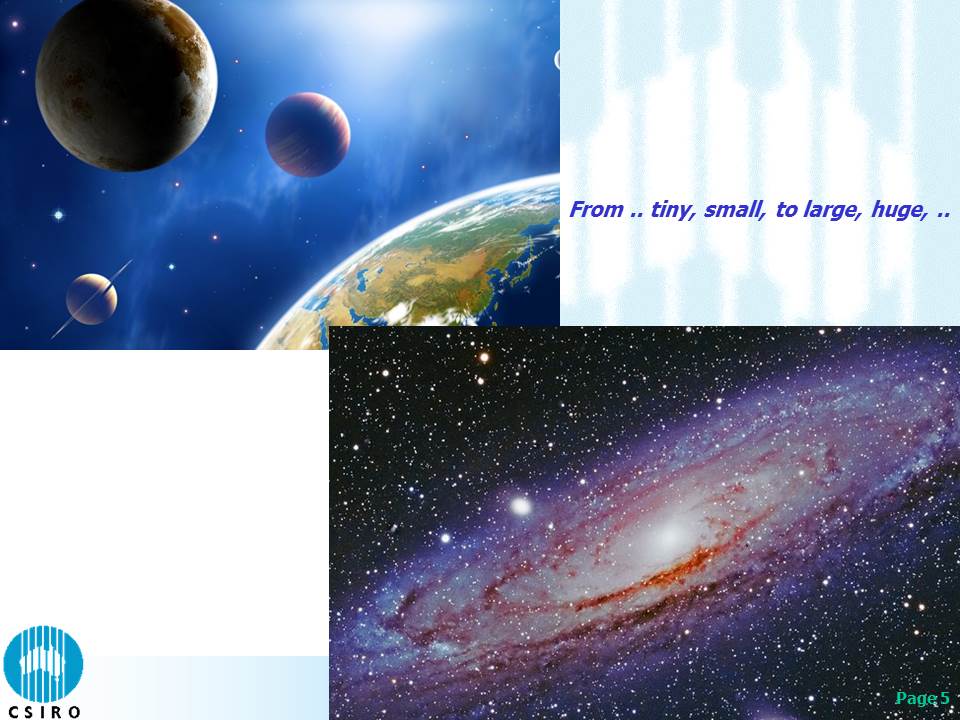
天体之间也是存在强排斥力,弱吸引力的。
P.s. Microteach lesson plan & its critical reflection.
Big idea (s) | ||
What is/are your big ideas? | 1. The materials such as spider silks, amyloid fibrils are mainly maintained by the atomic van der Waals (VDW) interactions based on weak attractions and strong repulsions between the atoms and atomic hydrogen bonds (HBs). The theory is same for heavenly bodies in the Milky Way.
2. Scientists and engineers are constantly using theory about VDW and HB bonding to develop and improve these materials/products in laboratories.
3. Mathematicians can also use theory about VDW and HB bonding to develop and improve these materials/products by computations on computers.
4. Why to choose this topic is due to Year 2013 is the International Year of Maths of Planet Earth that we were ordered to teach students mathematics linked with Planets.
| |
What are your (smaller) content points for this lesson | 1. (CP1) A precursor to getting at this is that all atoms attract each other by VDW attraction forces and HB forces, but the strength of these attractions varies a lot and that other forces of the VDW repulsions are also important.
2. (CP2) Building on Content Point 1, we are clear about the theory but we cannot see the tiny atoms and the huge planets. However, we can see the balloons by eyes and we can do experiments in class to show students how to feel these attraction forces and repulsion forces. Our experiments using colourful balloons just reflect the theory.
The resources of colourful balloons are chose to support the learning, because the balloons can effectively make students feel and then understand the attraction forces and repulsion force so that know the nonlinear concave and convex curves, and feel and find out nothing of attraction and repulsion happens at the linking /minimal point.
3. In this lesson we will focus on the convex curve and the concave curve of repulsion force and attraction force respectively, and the curves link at the minimal point to form a non-linear function graph. In conclusion, at the end of the class the students should understand this mathematical focus.
| |
What are you doing with it: intended learning outcomes/objectives | 1. The students will be able to find out and feel the attraction forces and repulsion forces through their own balloon experiences. 2. The students will be able to explain and well understand the mathematical graph of the nonlinear Lennard-Jones function, and find out its minimal point of this function. 3. The students will be able to explain widespread applications of the attraction forces and repulsion forces in materials and in the Milky Way.
| |
Generating engagement | ||
Affective engagement: | Can you generate this? How? | I am relying on an intriguing set of balloon interaction experiments of students. They can easily find out the repulsion forces by pushing two balloons together. They can easily find out the attraction forces in the use of their hair or quickly moving balloons on the carpet and then putting on the wall. |
What student background do you expect? How will you find out and use this? | They will have the concepts of a ‘straight line’ and a ‘curve’, and can image the graphs of a ‘straight line’ and a ‘curve’, and know the graph of a ‘curve’ is not straight (not ‘linear’). I do not intend to tap into these until after I have developed the concept of ‘non-linear’ of the Lennard-Jones function. We will use the Lennard-Jones function to make students understand the attraction forces and repulsion forces among planets in the Milky Way (because Year 2013 was the International Year of Maths of Planets). | |
So how will you begin? | State content point CP1 (which I could never develop from experiment anyway) to provide a focus for thinking and interpreting observations. Push hard to balloons to each other, and ask what they feel about the two balloons, students will be sure to feel there are repulsion forces between the two balloons repulsing them to leave away each other. Rubbing the two balloons on the hair (especially the long hair of girls), the students will be sure to feel the attractive forces between the hair and the balloon, and at this time putting the two balloons onto each other they can find out the attraction forces between the two balloons. If putting the balloons on the wall they can find out the attraction forces between the balloon and the wall. They also can rub a balloon on the carpet and then immediately put it onto the wall; thus easily find out the attraction forces.
| |
Cognitive engagement | What will be your tasks and why | Interpret their observations using CP1. I always asked students questions and communicated with them when they did balloon experiences by themselves.
|
What do you intend students will be doing | See above. | |
Behavioural engagement: -what will be your instructions? | Ensure they can all see and feel the repulsion force and the attraction force. | |
During the lesson: Feedback/communication/ongoing evaluation | ||
What will you be attending to as signs of success | · Students engaged in attempting to interpret using CP1. · (Later) students willing to offer and defend predictions about the behaviour of balloons. · (Later again) trying to link the idea of repulsion forces and attraction forces to the forces between planets in the Milky Way, and between atoms in a small molecule. · (At last) I guide students to watch the graph of the ‘curve’, on left size of the minimal point it is a convex curve and on the right side it is a concave curve. I draw a straight line, a convex curve and concave curve on the board, the students can easily understand the straight, the convex and the concave concepts. | |
How will you know/find out if you are achieving your goals? | · When I asked students “this is the case in 1-dimensional space, what are the plane, the convex and the concave in 2-dimensional space looking like?” Students used their small belly to illuminate me the plane, convex and concave concepts. Some naughty students input the balloon into their shirts to show me the concept of convex and said “I am pregnant” (I unintended to find out this learning point). I found out I achieved my goals and furthermore I requested students to image the things in 3-dimensional space, even 4-dimensional space (time-space space). They were very active. · Students continue to offer ideas. I told them we are living in the 11-dimensional space and asked the students how to understand and image the nonlinear or curve function/space in our 11-dimensional space. I used a narrow strip of paper to make a multi-dimensional space to cause their interests to image. Students can find out the ‘curve’ (or ‘non-linear’) in daily life. · Students can find applications of the repulsion force and the attraction force in daily life. · Some naughty students said they found very weak attractive forces when they kicked the balloon like a football. This should be an unintended learning opportunity. | |
What teaching moves will you make to sustain engagement? | · I will provide hints if needed on the initial situation. Nonverbal communication strategies will be used here. · Extend the thinking by asking why there are big holes on the earth: it is the repulsion forces of stones from other planet crashed onto the earth. · Some students put a balloon into another one and then blew the gas and found out interesting phenomena (this is an unintended learning from this class). · Introduce the properties of spider silks and explain to students the repulsion forces and the attraction forces of atoms in a molecule of spider silk: show the graph of molecular structure of spider silk. · Introduce the Alzheimer’s disease etc neurodegenerative diseases, and say when open the brain of these diseases we can find the amyloid fibrils: show the molecular structure of amyloid fibrils and, similarly as that of spider silks, to let students understand the repulsion forces and the attraction forces in the amyloid fibril molecular structure. Use CP1 to sum up as needed. · If time, request students to find out more examples of the repulsion forces and the attraction forces in the world and in daily life. | |
Debrief | I will ask for something they learnt, how they understand the repulsion forces and the attraction forces, and their graph in the sense of Lennard-Jones nonlinear curves to really make sure they are really understand. | |
Post lesson Evaluation | ||
Were there unexpected successes | Some students may not directly understand the nonlinear curve. I will use the balloons to make them be interested in and find out the repulsion forces and the attraction forces, and make them really feel the repulsion forces are very strong but the attraction forces are weak, thus with ‘nonlinear’ curve. Some students may not image how small in a molecule or how huge in a Milky Way – just make them focus on the real balloons to feel and understand our lesson. | |
What could be improved? | We may also bring a spring with two small balls linked at the both ends to show the repulsion forces and the attraction forces. Draw the non-linear curve the Lennard-Jones (LJ) function and put more spirits to explain the curve is non-linear, and consists of convex and concave parts. Find YouTube movies of the LJ nonlinear curve, or molecule movies and movies of planets to show students to make them really watch and feel our theory is true, nothing but truth only.
| |
https://wap.sciencenet.cn/blog-498408-785683.html
上一篇:不知道什么意思
下一篇:[转载](中科院副院长)张亚平课题组在疯牛病调控基因研究中新进展